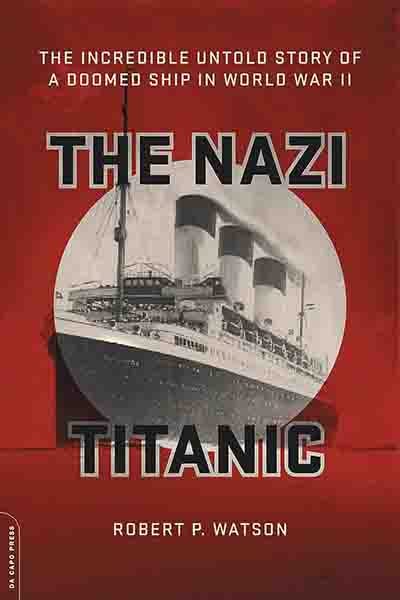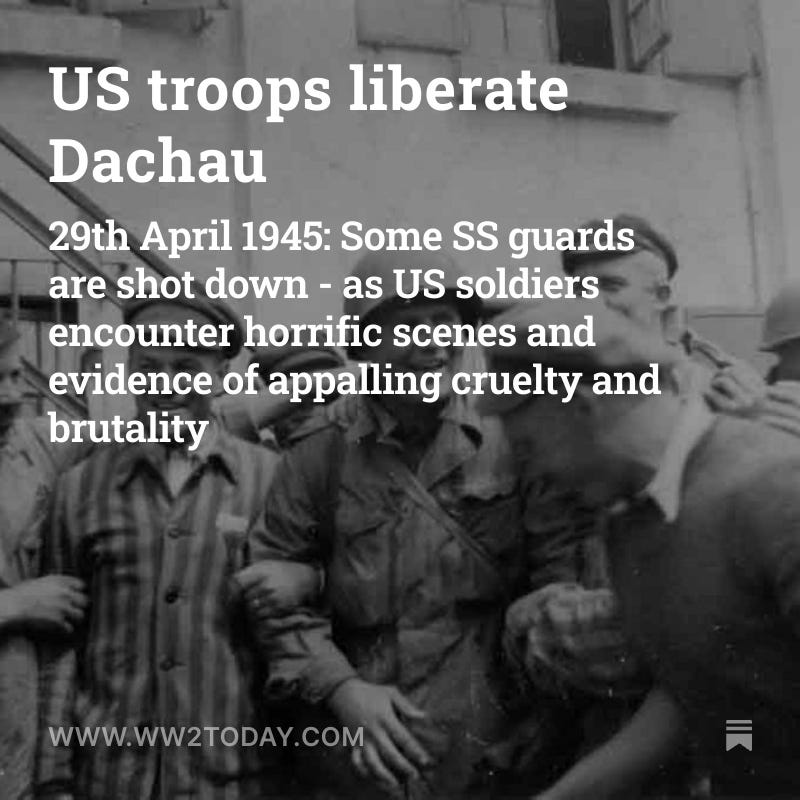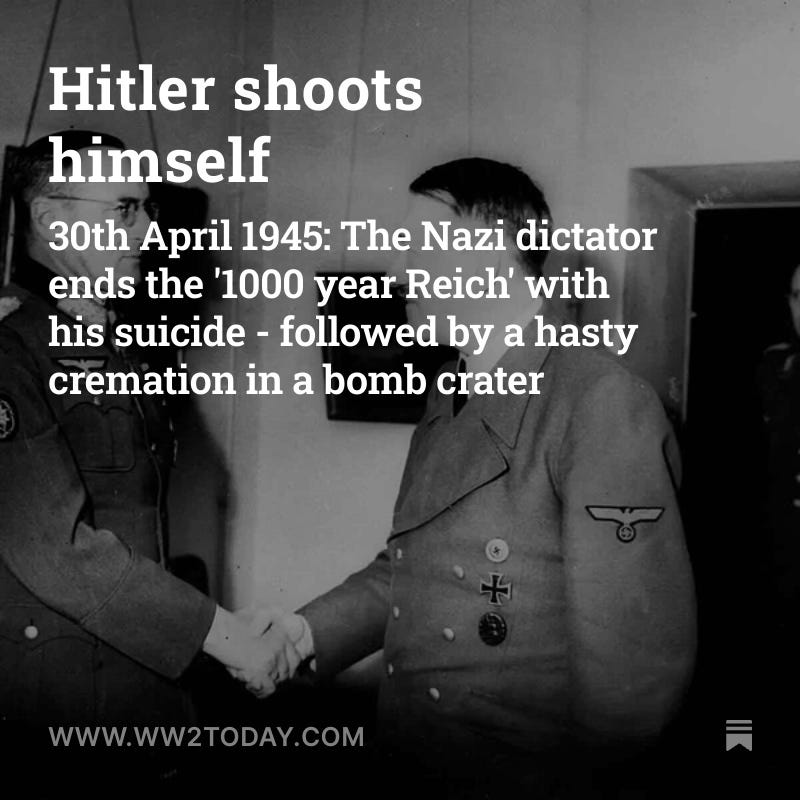Tragedy as 'Nazi Titanic' sunk
3rd May 1945: Thousands of concentration camp prisoners die as the prison ship SS Cap Ancona is targeted by the RAF
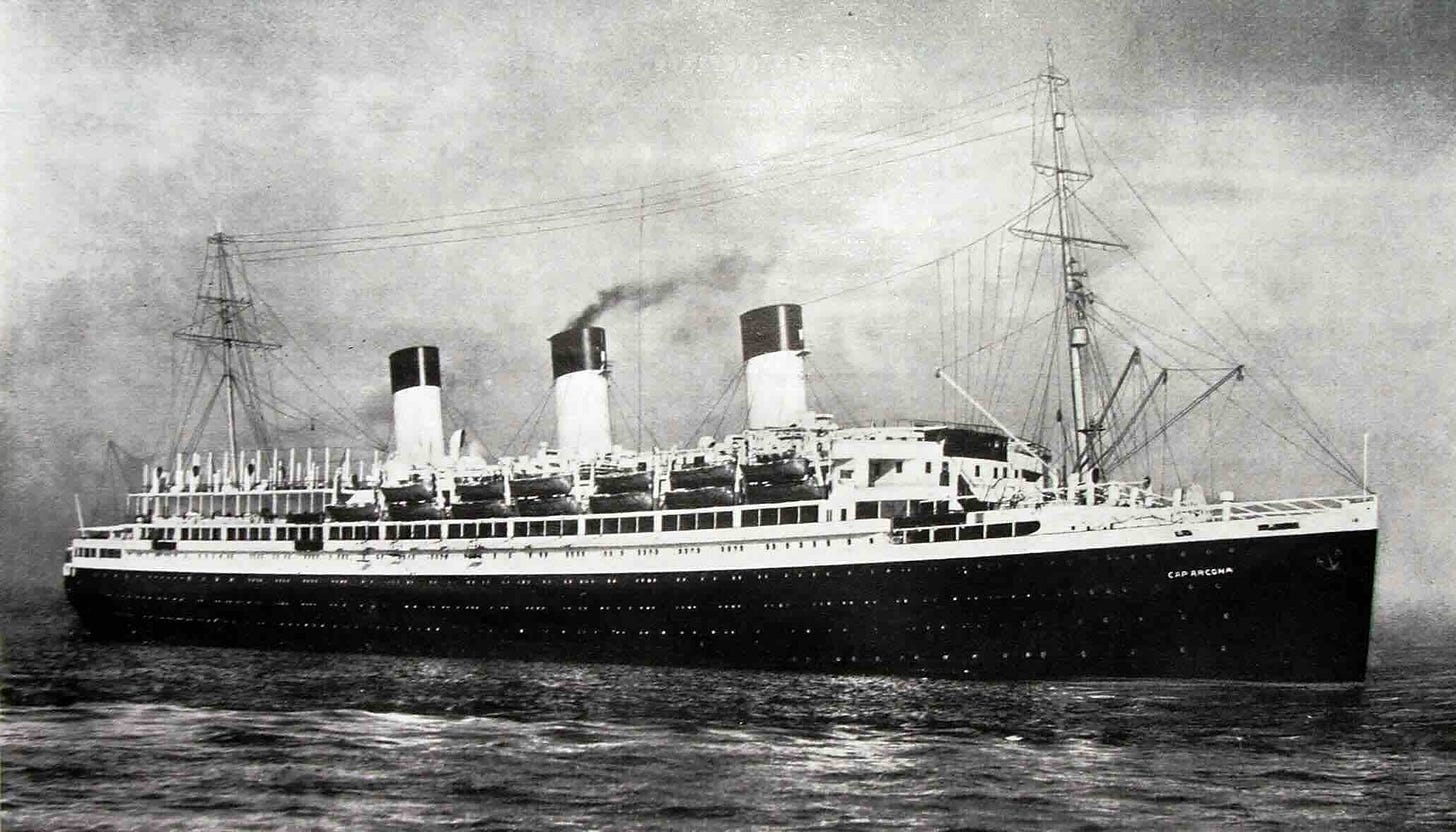
The German ocean liner SS Cap Arcona had been one of the most celebrated luxury liners in the world during the 1930s, mainly sailing the Hamburg-South Africa route. She was considered to rival the RMS Titanic, lost in 1912, in size and grand accommodation.
The Cap Ancona would even stand in for the legendary Titanic in an an epic Nazi movie. Hitler’s minister, Joseph Goebbels, cast her as the ‘star’ in his epic propaganda film ‘Titanic’ (1943).
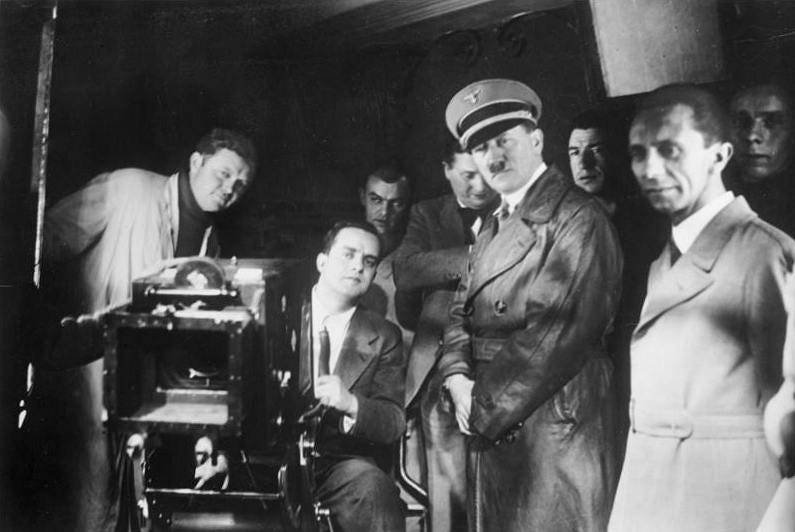
The film was intended to portray British naval bungling and greedy American capitalism in the worst light. Instead, the production diverted scarce wartime resources and needed hundreds of soldiers as extras, whose off-duty drinking made them difficult to direct. Worse, the script appeared to contain implicit criticisms of the dictatorial Nazi regime and the director, Herbert Selpin, was heard to make anti Nazi comments. He was called to a meeting with Goebbels but remained outspoken. Selpin was soon arrested and one day later, was ‘found hanging’ in his cell at Berlin police headquarters.
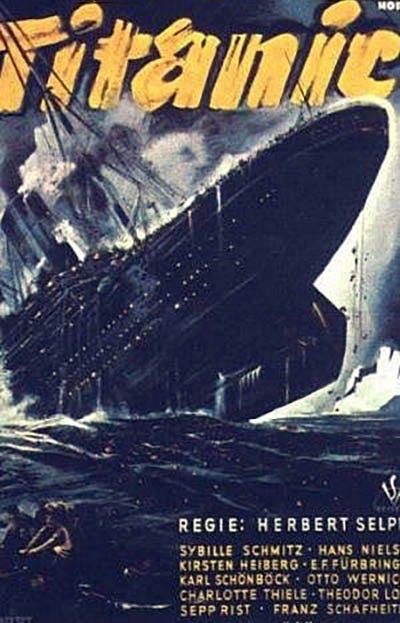
The Kriegsmarine used the Cap Arcona to transport German soldiers and civilians across the Baltic, away from the Red Army’s advance. In the Third Reich’s final days, the ill-fated ship’s engines had failed, and she was used as a prison ship - packed with thousands of concentration camp prisoners. Without adequate water, food, or sanitary facilities, the prisoners suffered as they waited for the end of the war. The SS discussed plans to sink her with the prisoners on board.
But British Intelligence had another perspective on the Cap Ancona. They had intelligence that the SS leadership, including Himmler, were planning to escape in a small fleet of ships to German-occupied Norway.
So even as some Wehrmacht formations began to surrender, the Cap Arcona was attacked by the Royal Air Force, and nearly all of the prisoners were killed in the last major tragedy of the Holocaust and one of history’s worst maritime disasters. Only 350 of around 5,000 concentration camp inmates aboard the Cap Arcona survived. German trawlers rescued 16 sailors, 400 German SS men, and 20 SS women.
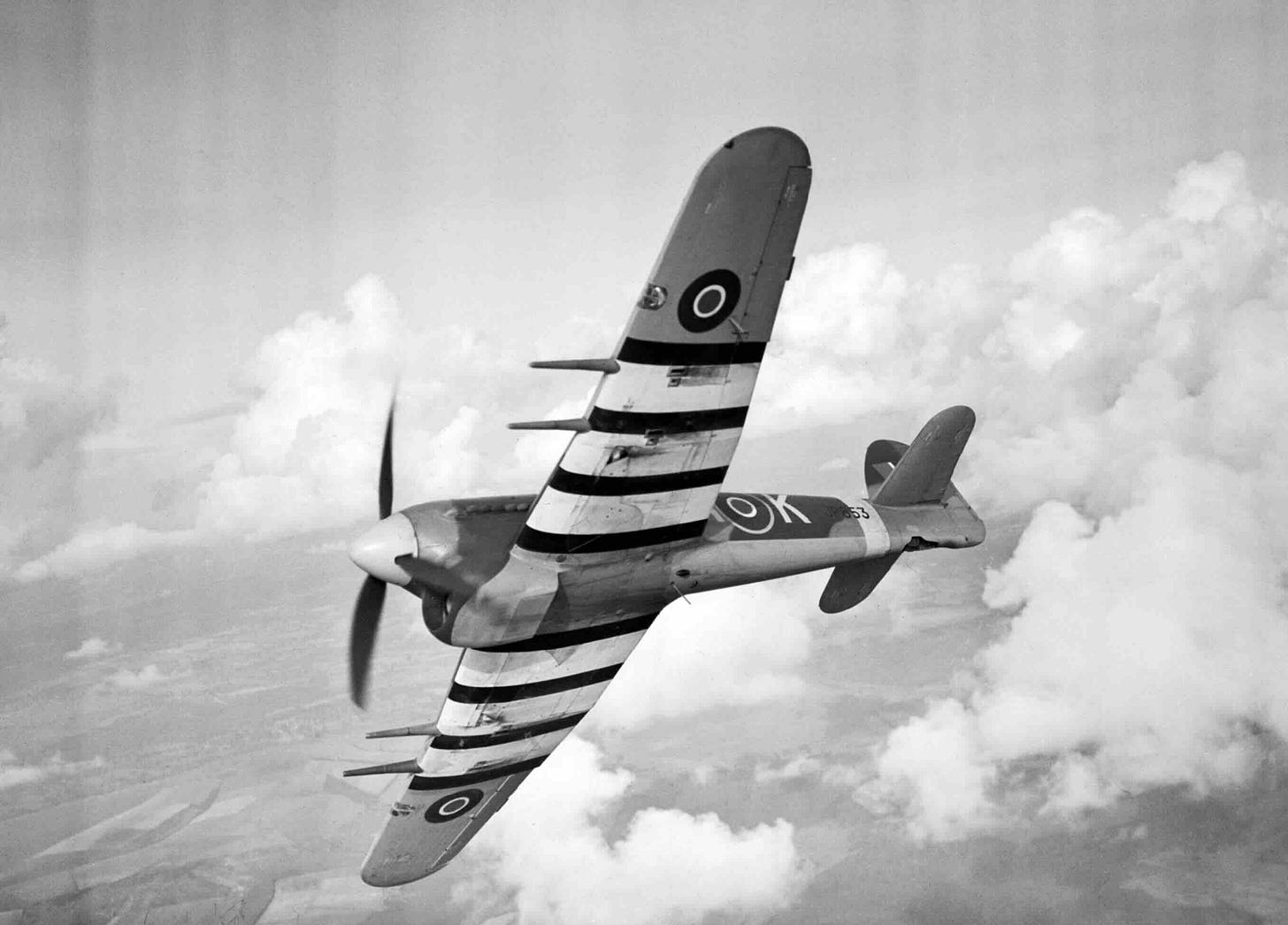
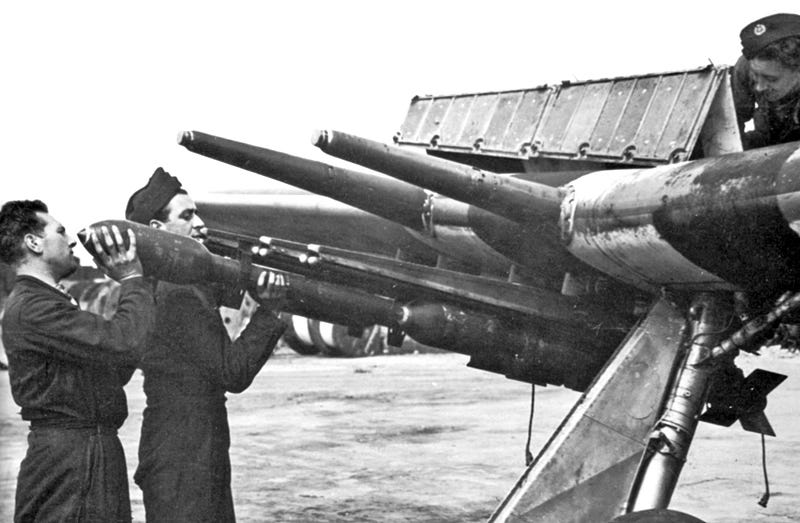
Although the British government sealed many documents pertaining to the ship’s sinking, Robert P. Watson unearthed forgotten records, conducted many interviews, and used over 100 sources, including diaries and oral histories, to build a picture of events. The Nazi Titanic: The Incredible Untold Story of a Doomed Ship in World War II is a compelling account of an enigmatic ship and her final days before disaster struck:
In the midafternoon of May 3, 1945, with the end of the war at hand, Commander Johnny Baldwin flew in the lead with eight other young pilots. Baldwin ordered four of the warplanes to veer off and head to the Thielbek, anchored roughly a half mile from the Cap Arcona.
The Thielbek opened fire with its antiaircraft flak guns. During the attack one of the warplanes flown by P. W. Millard was struck by the antiaircraft fire and disappeared into the clouds. The defenses, however, proved inadequate. At least thirty rockets found their mark, many hitting below the waterline, ripping gaping holes into the sides of the ship. Explosions rocked the old freighter while fires erupted below decks, burning most of the prisoners who were now trapped deep in the flaming holds.
The ship was just under three miles off shore and sinking fast when Captain Jacobsen ordered his officers and crew off its decks. Several of them tried to help the prisoners belowdecks, constituting one of the few acts of humanity by German soldiers, sailors, or townsfolk that day. But the ship listed at a forty-five-degree angle, causing large cargo containers to break loose from their grips and careen across the tilting deck. Many of the ship's crew and guards were crushed. The captain, along with his first officer and first engineer, were among those killed.
Efforts to save the prisoners belowdecks were abandoned. The freighter’s lifeboats, like those of the Cap Arcona, had been punched with holes by the SS guards and were of no use. The Thielbek, which had been flying a white flag, sank only fifteen to twenty minutes after the first rockets exploded on deck.
Only a few of the sailors and guards managed to make it into the water. Only fifty of the approximately twenty-eight hundred prisoners on board survived the ordeal. Most died while still in the hold either from smoke inhalation from the raging fires or by drowning in the frigid water that rushed in and filled the lower decks of the ship.
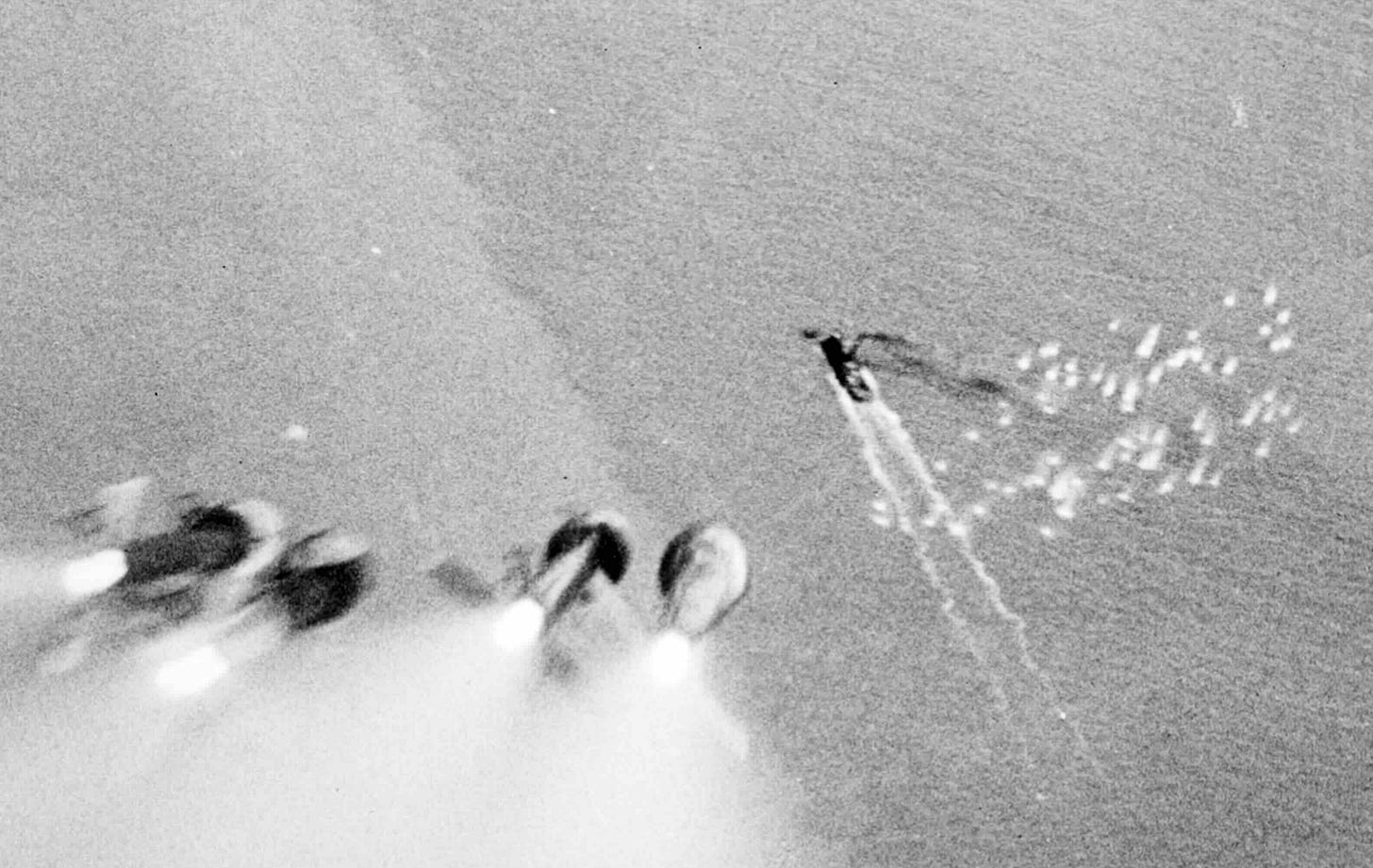
Captain Baldwin then ordered the other four planes from the 198th Squadron to follow him. They dove fast and low on the Cap Arcona. No smoke billowed from its large stacks, indicating it was still at anchor in the bay. The target was locked, and the Typhoons released their rockets on the defenceless liner. All of them found their mark, the first rockets striking the large grey liner directly between the first and second smokestacks atop the ship. The next barrage hit the third funnel and sports deck.
Ensuing attacks struck the side of the hull. The Cap Arcana shuddered violently. The concussion of each strike caused windows to explode. Glass flew about the ship, while the wood, rugs, and draperies on the old liner caught fire. In minutes, the entire ship was ablaze.
The Typhoon attacks continued, and spouts of water and gray funnels of smoke from the explosions shot high into the air in every direction. In the bowels of the ship, prisoners had no chance. Locked in holds below the waterline, many were incinerated when the first rockets tore into the hull. Others drowned as the sea rushed into the lower decks. Still others were crushed when hot steel, furnishings, and shrapnel flew through the belly of the massive liner.
The Cap Arcana was struck by forty rockets, several of which pierced the hull and exploded inside. There were no lifeboats, no pumping system to deal with the water pouring through gaping holes in the ship, and no operable firefighting system. Some of the prisoners trapped below decks managed to scramble up ladders, but many fell. Those who made it out of the holds and into hallways were engulfed in flames. From the bow to the stern, the once-grand ship was now a fireball.
One of the few prisoners who made it out of the locked rooms was Heinrich Mehringer, a German. Mehringer was in a cabin on C deck, which contained luxury rooms. By not being below the waterline, he was able to escape. Like the other prisoners, he was weak and slowly starving to death. He described the fight for his life.
"People rushed out of the cabins. Prisoners were in the passage- ways, their clothes on fire. We threw covers over them. A Frenchman came up the companionway, his clothes were also burning. He stammered ‘Water everywhere! Everything gone!’ Then he collapsed. Beneath our cabins the fire must already have been raging —the cries stopped suddenly. The floor was very hot. . . . [E]veryone beneath us was dead and burnt."
© Robert P. Watson 2016, The Nazi Titanic: The Incredible Untold Story of a Doomed Ship in World War II. Reproduced courtesy of Da Capo Press.


